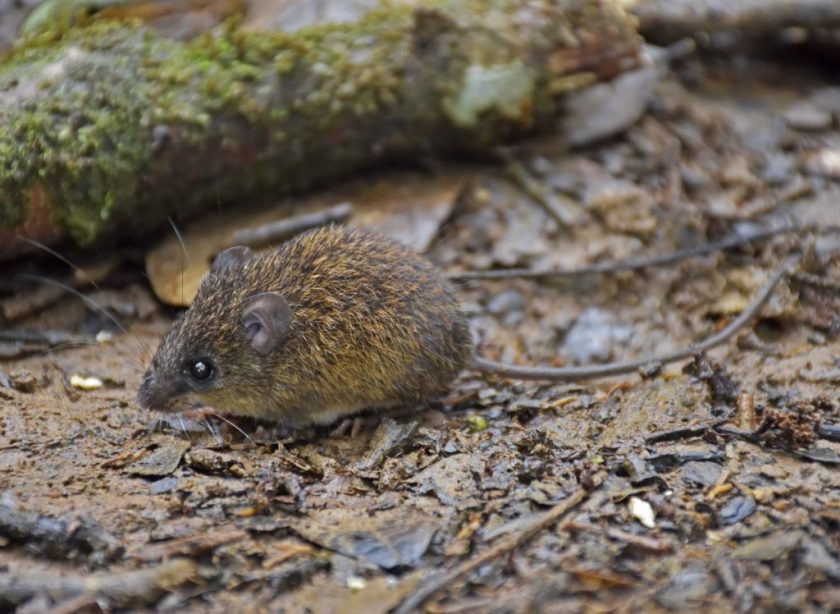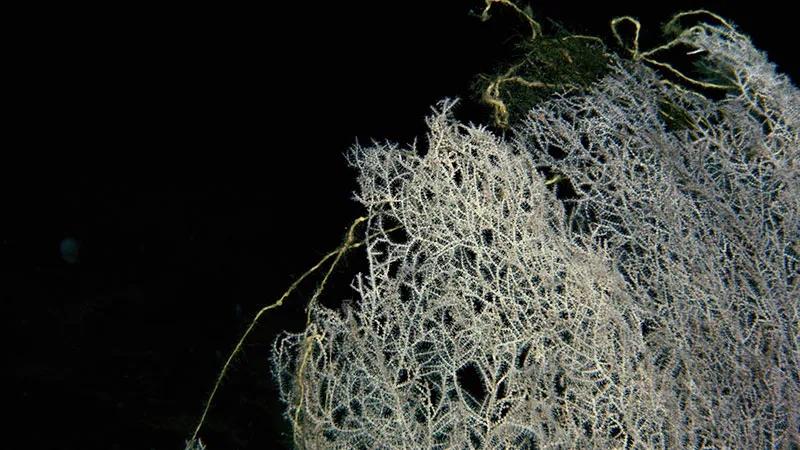Today, 16 September 2023, we are celebrating our tenth anniversary: an important milestone that has prompted us to reflect on the incredible journey that Biodiversity Data Journal (BDJ) has been through.

From the very beginning, our mission was clear: to revolutionise the way biodiversity data is shared, accessed, and harnessed. This journey has been one of innovation, collaboration, and a relentless commitment to making biodiversity data FAIR – Findable, Accessible, Interoperable, and Reusable.
Over the past 10 years, BDJ, under the auspices of our esteemed publisher Pensoft, has emerged as a trailblazing force in biodiversity science. Our open-access platform has empowered researchers from around the world to publish comprehensive papers that seamlessly blend text with morphological descriptions, occurrences, data tables, and more. This holistic approach has enriched the depth of research articles and contributed to the creation of an interconnected web of biodiversity information.
In addition, by utilising ARPHA Writing Tool and ARPHA Platform as our entirely online manuscript authoring and submission interface, we have simplified the integration of structured data and narrative, reinforcing our commitment to simplifying the research process.
One of our most significant achievements is democratising access to biodiversity data. By dismantling access barriers, we have catalysed the emergence of novel research directions, equipping scientists with the tools to combat critical global challenges such as biodiversity loss, habitat degradation, and climate fluctuations.
We firmly believe that data should be openly accessible to all, fostering collaboration and accelerating scientific discovery. By upholding the FAIR principles, we ensure that the datasets accompanying our articles are not only discoverable and accessible, but also easy to integrate and reusable across diverse fields.
As we reflect on the past decade, we are invigorated by the boundless prospects on the horizon. We will continue working on to steer the global research community towards a future where biodiversity data is open, accessible, and harnessed to tackle global challenges.
Ten years of biodiversity research
To celebrate our anniversary, we have curated some of our most interesting and memorable BDJ studies from the past decade.
- Recently, news outlets were quick to cover a new species of ‘snug’ published in our journal.
- This Golden Retriever trained to monitor hermit beetle larvae proved once again the incredible capabilities of our canine friends.
- Who could forget this tiny fly named after the former Governor of California?
- Or this snail named after climate activist Greta Thunberg?
New discoveries are always exciting, but some of our favourite research focuses on formerly lost species, back where they belong.
- Like the griffon vulture, successfully reintroduced to Bulgaria after fifty years.
Citizen science has shown time and time again that it holds an important position in biodiversity research.
- This group, for example, who found a beetle the size of a pinhead in Borneo.
- And the amateur footage that sparked a unique taxonomic study on Antarctic jellyfish.
We extend our heartfelt gratitude to our authors, reviewers, readers, and the entire biodiversity science community for being integral parts of this transformative journey. Together, we have redefined scientific communication, and we will continue to push the boundaries of knowledge.
Follow BDJ on social media:












































